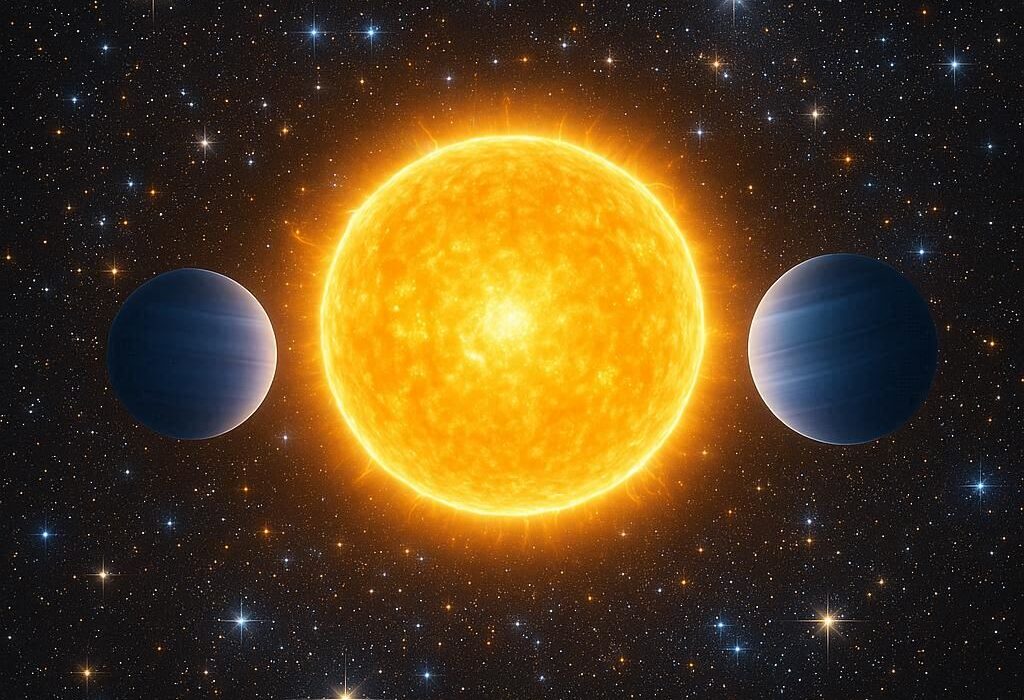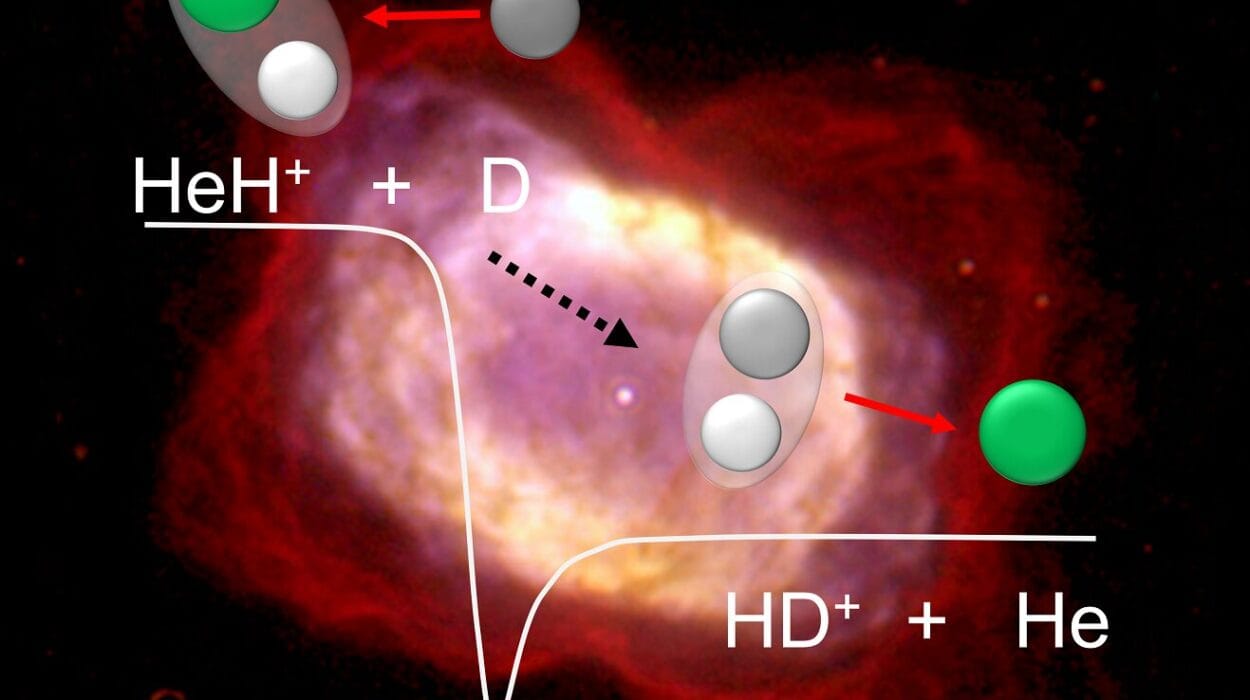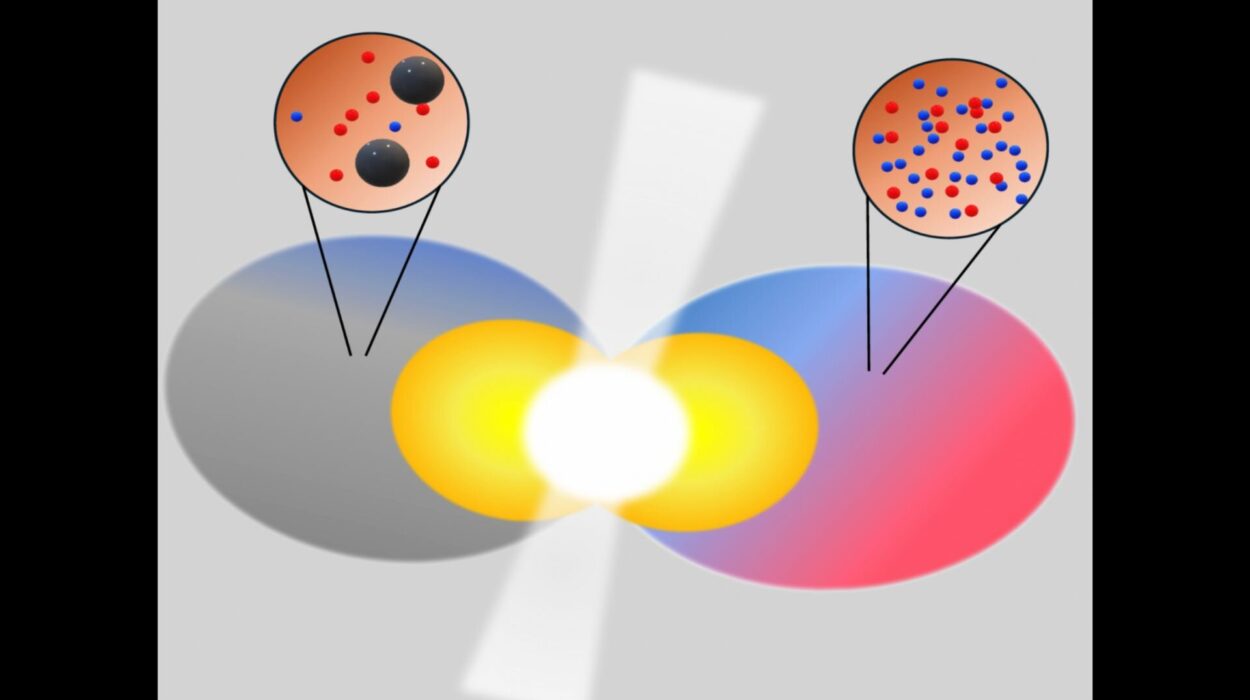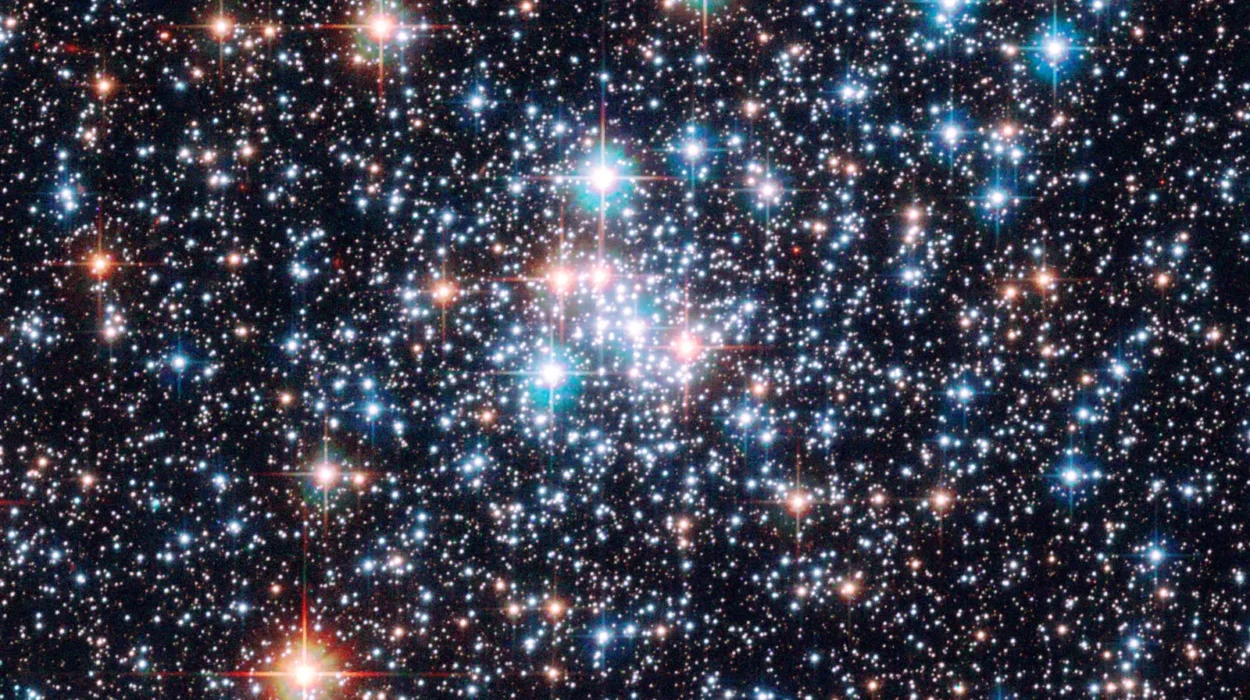When we think of rain, we picture dark clouds rolling in, water condensing, and droplets falling to the ground. It’s familiar, comforting, and life-giving. But imagine standing near the blazing surface of the sun—where temperatures soar into the millions of degrees—and hearing the phrase, “It rains here, too.” The idea sounds impossible, even absurd. Yet it is true.
On the sun, there is no water cycle, no storm clouds like on Earth. Instead, the rain is made of plasma—the fourth state of matter, hotter than gas but not as orderly as a solid or liquid. In the sun’s outer atmosphere, known as the corona, cooler, denser blobs of plasma sometimes condense high above the surface and then fall downward in spectacular streams. Scientists call this phenomenon coronal rain.
For decades, coronal rain has been a beautiful mystery. Astronomers could watch it through powerful telescopes, but they couldn’t fully explain how it formed so quickly during the sun’s most violent outbursts: solar flares.
Now, thanks to the work of researchers at the University of Hawaiʻi’s Institute for Astronomy, the puzzle has a new and fascinating piece.
The Mystery of Solar Rain
To understand the mystery, picture a solar flare—an immense explosion of magnetic energy from the sun’s surface. These flares heat plasma to extraordinary temperatures, making the corona glow with dazzling light and energy. But almost as soon as the flare peaks, cooler pockets appear, forming dense clumps that fall back down like glowing raindrops.
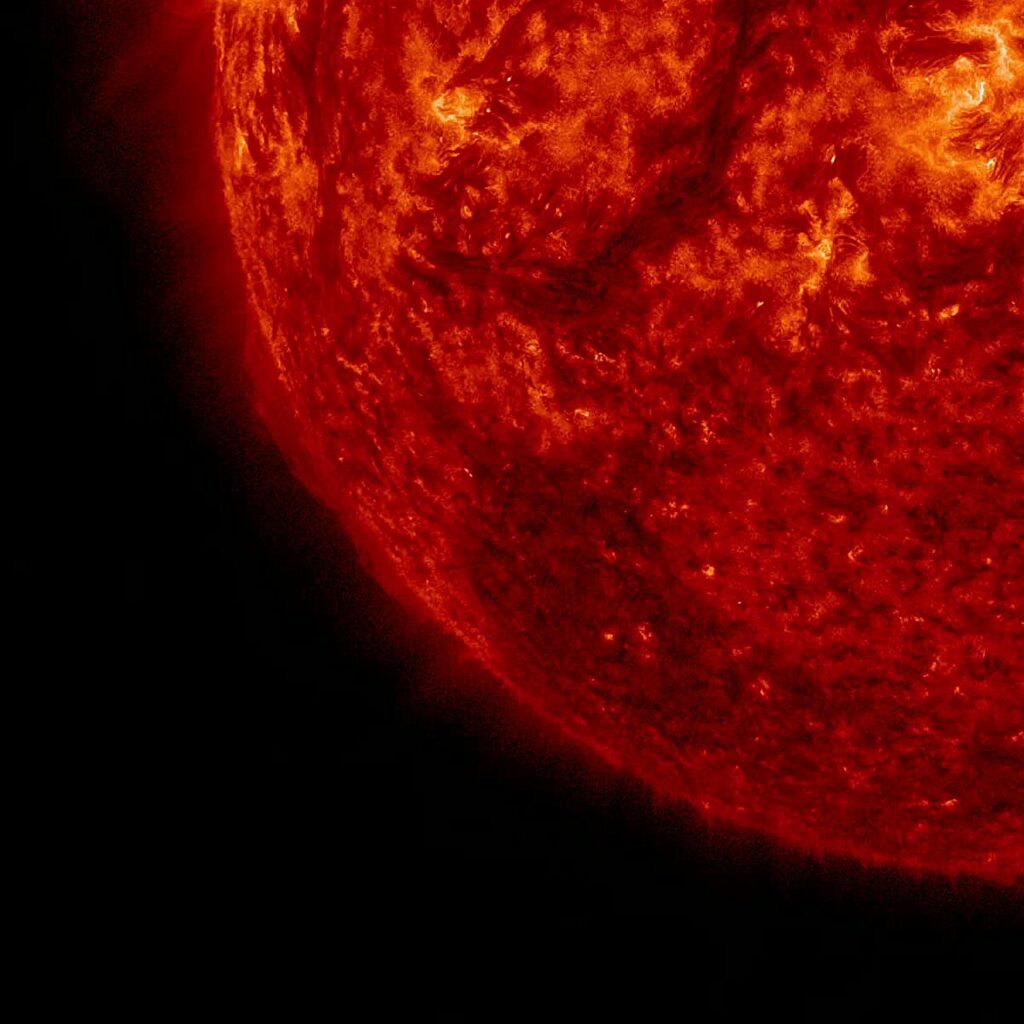
The strange part is timing. On Earth, rain requires a buildup of conditions: moisture, cooling air, condensation. Astronomers once thought that solar rain must also require long periods of heating and cooling, on the scale of hours or even days. Yet solar flares happen in just minutes. How could plasma rain form so fast, seemingly in defiance of the models?
This contradiction lingered for decades. Scientists had equations, simulations, and theories—but none matched what they actually saw on the sun. Something was missing.
The Breakthrough from Hawaiʻi
That missing piece was uncovered by Luke Benavitz, a first-year graduate student at the University of Hawaiʻi’s IfA, working with astronomer Jeffrey Reep. Together, they took a fresh look at solar models and noticed a hidden assumption: nearly all of them treated the abundance of elements in the corona as fixed.
In other words, the models assumed that the corona’s “recipe” of elements—iron, oxygen, helium, and others—was constant, regardless of what was happening in real time. But what if that wasn’t true?
Benavitz and Reep decided to allow the concentrations of these elements, especially iron, to vary over time. The result was astonishing. Suddenly, the models matched reality. The cooling that produces coronal rain could happen far more quickly than earlier theories allowed.
“When we allow elements like iron to change with time, the models finally match what we actually observe on the sun,” Benavitz explained. “It makes the physics come alive in a way that feels real.”
Why Elemental Shifts Matter
At first glance, the change might seem subtle. After all, how much difference could small shifts in elemental abundance make in a star so massive? Yet in physics, especially in astrophysics, small changes can have enormous effects.
Elements like iron radiate energy very efficiently. If their abundance shifts during a solar flare, they can dramatically alter how fast the plasma cools. That rapid cooling allows coronal rain to form within minutes, perfectly matching telescope observations.
This realization not only explains solar rain but also challenges long-standing models of the sun’s outer atmosphere. For decades, scientists assumed elemental abundances in the corona were stable. Now, they know those abundances are dynamic—changing in time and space.
“This discovery matters because it helps us understand how the sun really works,” said Reep. “We might need to go back to the drawing board on coronal heating, so there’s a lot of new and exciting work to be done.”
Beyond the Rain: Space Weather and Human Life
Why should we care about rain on the sun? Beyond its sheer wonder, the answer lies in space weather.
Solar flares and the storms they unleash can ripple across the solar system, striking Earth with charged particles and radiation. These outbursts can disrupt satellites, damage power grids, and even interfere with navigation and communication systems. Predicting them accurately is not just a scientific pursuit—it is a practical necessity for our modern world.
By better understanding the processes behind coronal rain, scientists can refine models of solar activity. The more accurate the models, the better we can forecast when and how space weather might affect Earth. In that sense, studying solar rain is like studying storm clouds: it tells us when something powerful is brewing, and how it might impact us.
A Universe That Surprises
The discovery is also a reminder of something deeper. Physics and astronomy are not finished books but unfolding stories. For centuries, humans have looked at the sun as a symbol of constancy—our faithful star rising each day. Yet the more closely we look, the more it surprises us.
Solar rain challenges our imagination. It turns a familiar earthly process into something alien yet strangely relatable. It reminds us that even in the harshest, most extreme environment we know—the blazing atmosphere of a star—there are echoes of Earth’s rhythms.
The work by Benavitz and Reep shows that science thrives on curiosity and questioning. Assumptions that seem safe, like constant elemental abundances, can conceal blind spots. A fresh perspective, even from a graduate student just beginning his career, can reshape our understanding of something as fundamental as the sun.
The Road Ahead
This discovery is not the end but the beginning of new questions. If elemental abundances shift over time in the corona, what drives those changes? How do they affect not just rain but the broader dynamics of solar flares and coronal heating? Could similar processes be at work in other stars across the galaxy?
Each answer will ripple outward, deepening our understanding not just of the sun but of stellar physics as a whole. The corona, once thought of as a serene outer halo, is now revealed as a far more dynamic, living system.
As scientists probe further, they may discover new ways the sun shapes life on Earth—not only through its light and warmth but through its storms, its rains, and its hidden rhythms.
A Star That Still Holds Secrets
To say it rains on the sun is more than a poetic phrase. It is a window into the complexity of our nearest star, into a dance of heat and cooling, abundance and scarcity, chaos and order. Thanks to this breakthrough, the rain that falls in fiery plasma streams is no longer just a mystery to marvel at but a phenomenon we can begin to understand.
The sun still holds countless secrets, waiting for those brave enough to ask daring questions. And as long as we look upward with wonder, it will continue to surprise us, illuminating not only the sky but also the boundless curiosity that drives us to seek the truth.
More information: Luke Fushimi Benavitz et al. Spatiotemporal Low First Ionization Potential Abundance: A Catalyst for Coronal Condensation, The Astrophysical Journal (2025). DOI: 10.3847/1538-4357/ae019d

